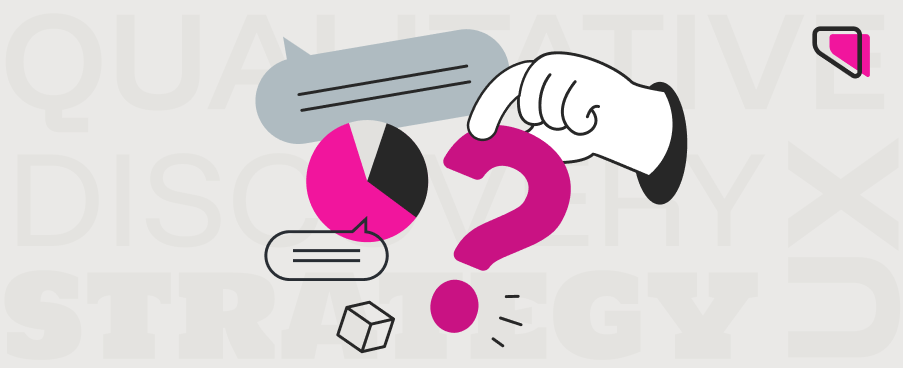3 questions for insightful user interviews

From time to time, I get asked why someone should pay a UX professional to do their user research when they could just do it themselves.
I mention the benefits of a less biased perspective, familiarity with specialized tools and platforms, and the time they probably don’t have.
Then I ask them why they wouldn’t perform their own knee surgery.
They look at me in horror and say, “Surgeons study and train for years!”
And I say, “Exactly.”
Now, am I comparing user research to surgery? No. But there is a certain amount of theory and especially practice that can only be attained through time, repetition, and dedicated interest.
Over the course of 10+ years in UX, I’ve conducted hundreds of user interviews. Every project requires its own discussion guide, but I find myself relying on these three questions over and over.
1. Tell me a little about yourself and…
At the beginning of every interview, I start with this prompt: “Tell me a little about yourself and [insert context for interview].” In B2B scenarios, the context is often about their organization and/or role within the organization. For B2C conversations, it might be about parenthood, a medical condition, or their health and fitness goals.
Regardless of the context, this starter provides a comfortable entry into the (sometimes) awkward role of interviewee. It also allows the participant to reveal a little about themselves and the reason they think they are qualified for the research you’re conducting.
Pro tip: Use the information provided in the intro to shape and personalize the rest of your questions and scenarios.
2. How would you persuade someone to buy this? // How would you talk someone out of buying this?
After years of asking people what they like/dislike about a product, app, or website, I began using this framing instead: “How would you persuade someone to buy this? How would you talk someone out of buying this?”
The beauty of these questions is that it encourages the interviewee to go into sales/critic mode. They will naturally point out the pros and cons that are most important to them while using language that you can repurpose in your marketing copy or to convince leadership of changes that need to be made. People don’t feel as compelled to note every good/bad thing, but to focus on the salient points. You will also generally pick up on more of their emotional response through these answers. And you may get some good competitive advantages if they use comparison in their responses.
Pro tip: These will often be your most quotable excerpts—perfect for presentations.
3. What haven’t I asked you about that you think I should know?
Whether you have 30 minutes or 3 hours, it’s rarely enough time to ask every question on your list or in your head. (If you don’t have a lot of questions, this may be a sign that you are too close to the problem and need another point of view.) Even if I think I’ve covered a topic from every angle, I’ll still ask, “What haven’t I asked you about that you think I should know?”
About half the time, participants will come up blank here. That’s okay. It still shows that you are open to exploring avenues you hadn’t anticipated. But the other half of the time, interviewees will bring up something you hadn’t considered, and this can be insight gold.
Pro tip: Always leave a few minutes for the unexpected.
.svg)

Ultimately, the goal of any user interview isn't just to gather data, but to uncover the nuanced truths that drive user behavior and perception. The structured yet flexible approach of these three questions allows you to move beyond superficial observations and delve into the genuine motivations, frustrations, and aspirations of your users.
You don't need to be a surgeon to perform insightful user research, but you do need the right tools and a practiced hand. If that hand isn’t yours, let’s chat.



.svg)
.svg)



.png)

